If you asked the average Japanese person what the most familiar fruit was to them, they would undoubtedly immediately think of the mikan (mandarin orange). A family sits around a kotatsu (a traditional Japanese table with an electric heater attached to the underside), watching TV and eating mikan — the conventional picture of a harmonious family scene in the wintertime.
What is Mikan?
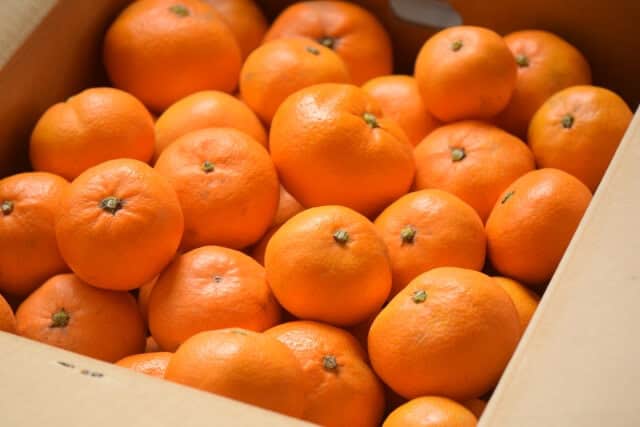
Mikan, also called “Unshu Mikan,” has grown in Japan for over 400 years. Japanese farmers mainly cultivate this fruit in southern regions. This small mandarin peels easily and contains no seeds. Unshu Mikan represents 70% of all citrus sales in Japan. Ehime Prefecture leads Japan’s citrus production. People call Ehime the “Citrus Kingdom” for its vast mikan harvests. The prefecture sits on Shikoku Island, perfect for growing citrus.
One of the key reasons for the mikan’s popularity is its availability throughout a long season, from October to March. The early-season variety, “wase,” is popular for its light, refreshing sweetness, while the late-season “okute” variety offers a deeper, richer flavor.
Origin of Mikan in Japan
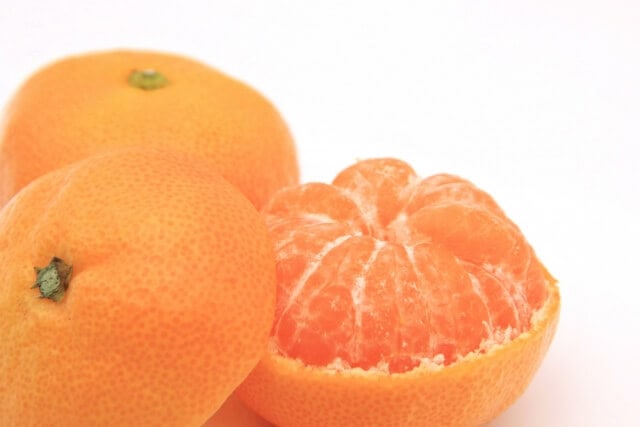
The term “Mikan” refers to small, easily peeled citrus fruits. The Unshu mandarin dominates Japanese citrus production with its high yields. The name “Unshu” originates from China’s Zhejiang Province, famous for citrus. The fruit’s history began on Nagashima Island in Kagoshima Prefecture. Scientists believe it started as an accidental seedling from Chinese citrus. During the Edo period, people preferred Kishu mandarins over seedless Unshu. The Meiji era brought popularity to Unshu mandarins for their convenience. These mandarins thrive in Japan’s warm coastal regions. Farmers focus cultivation in areas west of the Kanto region. Wakayama, Ehime, and Shizuoka produce the most mandarins nationally.
The 1960s saw expansion into Kyushu’s growing regions. Kumamoto and Nagasaki developed strong cultivation practices. Modern farming techniques increased production significantly. Careful breeding improved fruit quality and resistance. These citrus fruits need specific climate conditions to grow well. Coastal areas provide ideal growing conditions with moderate temperatures. Japanese farmers maintain strict quality standards for their mikan. The fruit requires year-round care for optimal harvests.
Other types of Japanese Mandarins
Maana Mikan
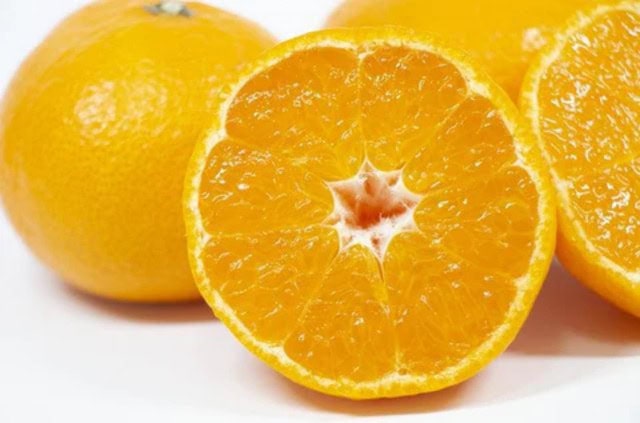
Maana mikan come from the Maana District in Ehime, along Japan’s western coastline. Known for their thin peel and rich sweet flavor, locals cultivated these mandarins by about 180 households, producing 7,000-8,000 tons of fruit annually. The steep, terraced fields where locals grow them require mostly manual labor, making the cultivation process challenging but rewarding. The warm climate, abundant sunshine, mineral-rich soil, and proximity to the sea create ideal conditions for these award-winning mandarins.
Kiyomi
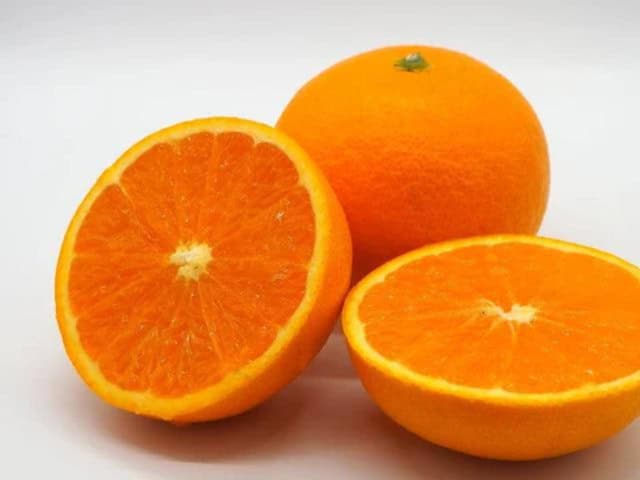
The Kiyomi combines unshu mikan and orange characteristics. This hybrid fruit blends unshu sweetness with orange’s citrusy aroma and acidity. Farmers harvest these fruits between January and April. The fruit measures 7-8 cm and typically contains no seeds. Peeling Kiyomi takes more effort than unshu mandarins. Scientists created this variety in 1949. The name comes from the Kiyomigata coast in Shizuoka Prefecture. These mandarins offer a perfect balance of sweet and acidic flavors.
Amanatsu
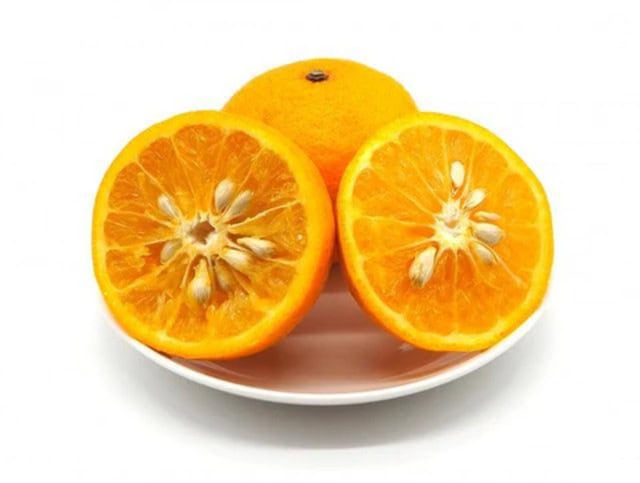
Amanatsu, also called “natsumikan” (summer mandarin), is a large variety of mikan, similar in size to a grapefruit, around 9.5-10 cm. With a thick peel, it often requires a knife to cut open, but it has a unique bittersweet flavor. Popular in Kyushu, locals also used amanatsu in desserts like Yobuko Yume Amanatsu Jelly.
Shiranui
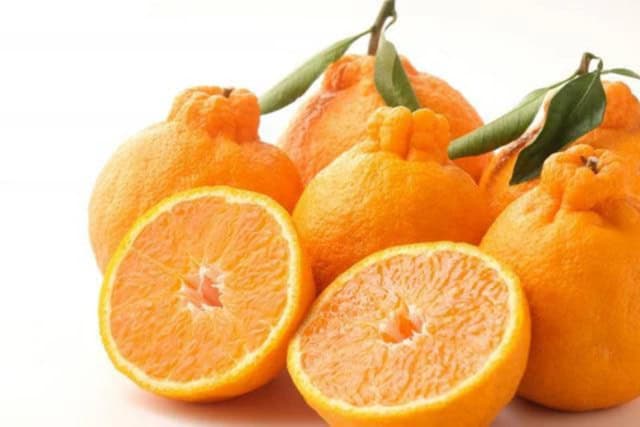
Shiranui, a hybrid of the Kiyomi and Ponkan orange, is famous for its distinctive bump on one end and its sweet flavor. Measuring 7-9 cm, harvested between December and May, reaching peak sweetness in the spring. Rich in vitamin C, Shiranui is also used in products like orange liqueur, juice, and candies, making it a versatile and highly sought-after fruit.
Most popular mandarin oranges grown in Japan
Wakayama Prefecture
Wakayama Prefecture is the largest producer of mikan in Japan, and the Arita region is particularly famous. The mild climate, long hours of sunshine, and moderate drought stress from July to August contribute to the sweetness of the mandarins. Arita mandarins have a high sugar content and are popular throughout Japan.
Ehime Prefecture
Ehime Prefecture is the second largest producer of mikan. The area also has a mild climate and mineral-rich soil from the Seto Inland Sea, and more than 40 varieties of mikan are grown in the prefecture. Brand-name oranges such as “Beni Madonna” and “Kanpei” are especially famous.
Shizuoka Prefecture
Shizuoka Prefecture is the third largest producer of mikan. In Shizuoka Prefecture, varieties such as “Aoshima Unshu” and “Jutaro Unshu” are grown, which are characterized by their high sugar content and low acidity. Shizuoka Prefecture’s mikan are characterized by their eating quality until early spring.
These prefectures have a mild climate, favorable sunshine hours, and nutrient-rich soil, all of which contribute to the high quality of mikan.
FAQ
- When is the best time for mikan?
In Japan, tangerines are generally in season from November to December, when shipments are high. During this period, the sugar content of mandarins increases, and you can enjoy sweet and juicy mandarins!
- Can I eat the white part of an orange?
The white part ، or “albedo” ، of the mandarin orange can be eaten. It is also a nutritious part.
Takeaway
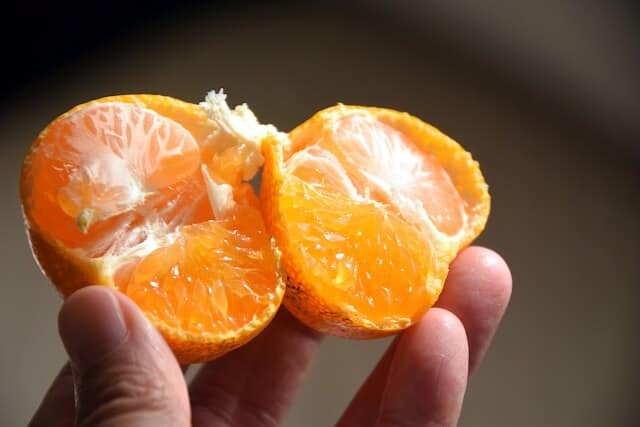
Through this article, readers can learn about the importance of mikan in Japanese culture, how locals grow them in specific regions under ideal conditions, and the distinctive flavors that each variety offers. It provides a deeper understanding of mikan’s role in Japan’s citrus industry and its place in daily life.
You can try out other fruits in Japan below!



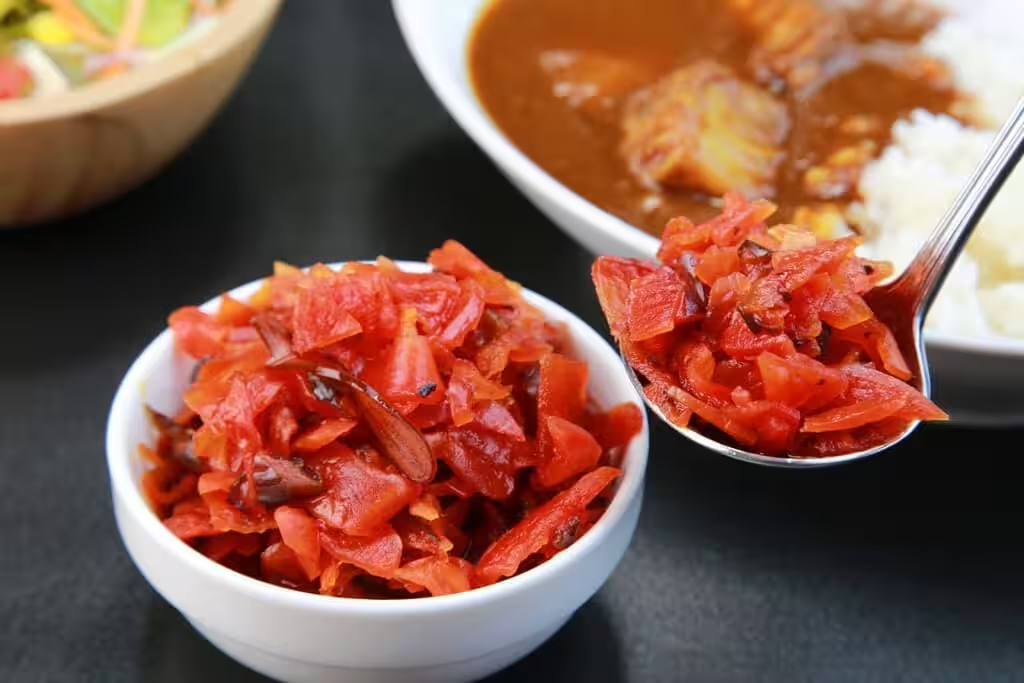
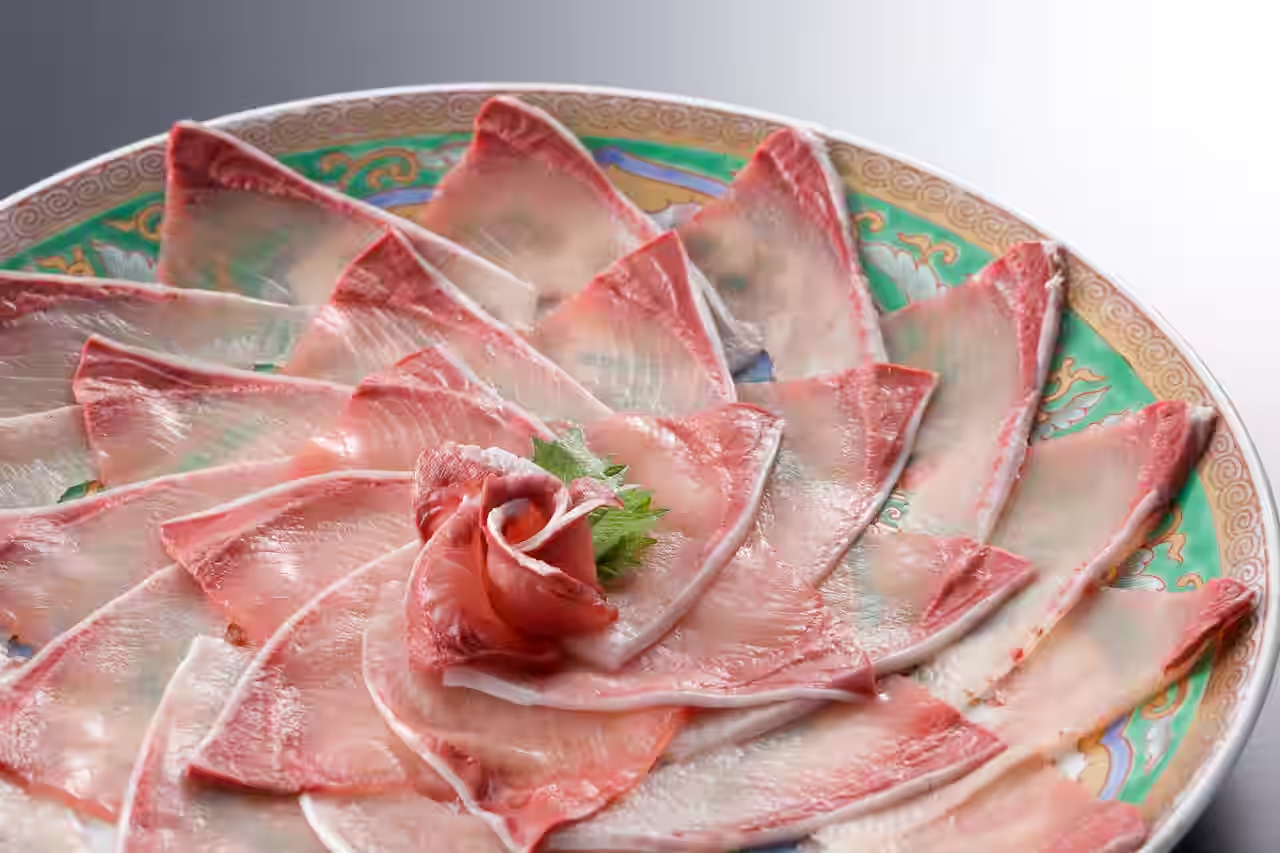


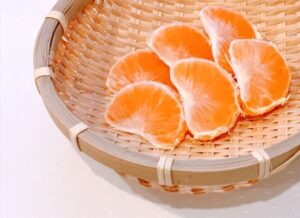
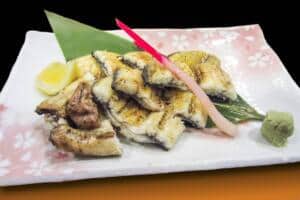
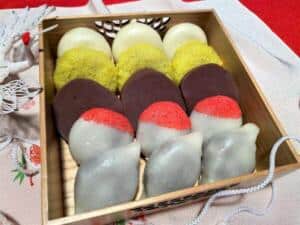
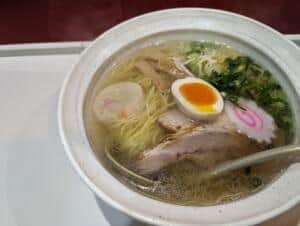
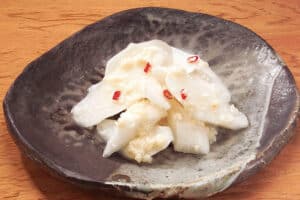
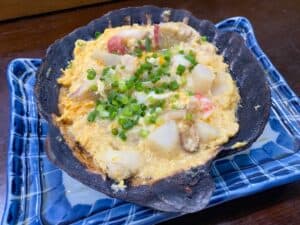
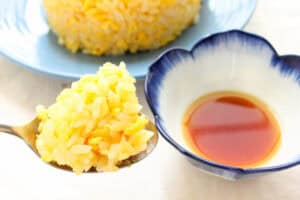
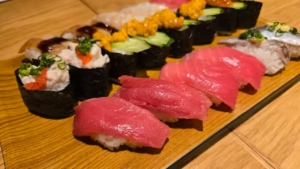
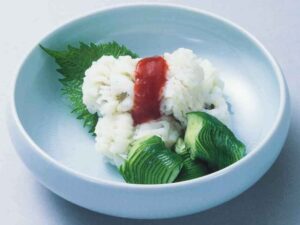
Comments